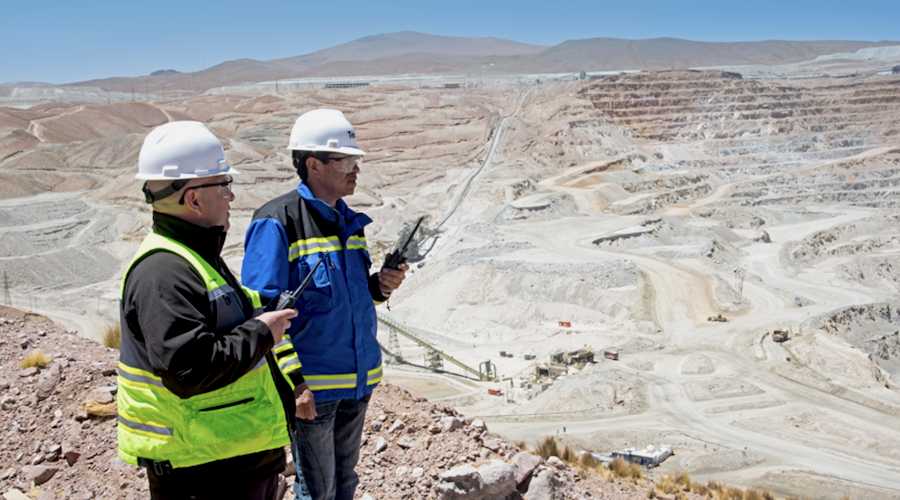CHARTS: Lithium-rich countries risk missing the boat on electric batteries boom

As Tesla Motors begins to build the world’s largest lithium-ion battery in Australia and other vehicle makers such as Volvo get on board the electric vehicles train, concerns are rising over the environmental footprint of mining that and other materials used in car batteries, as well as their eventual disposal.
According to analysts at UBS, by 2025 the market will need 12 times the battery capacity currently available. At the same time, only 5% of lithium-ion batteries get recycled, versus more than 90% of those used in conventional vehicles, reports Financial Times:
“One of the challenges of making battery recycling economically viable is the quantity of battery material that is needed to keep utilisation rates of recycling facilities sufficiently high,” say analysts at Morgan Stanley. “The risk, therefore, is there may not be the necessary infrastructure in place in time for the first significant wave of EV batteries to reach end of life.”
Demand for the commodity has been rising as of late, which in turn has caused prices to more than double in the past 18 months.
The need for the metal is expected to triple by 2025, but no all the countries rich in lithium are taking advantage of the boom. At the same time, new actors are emerging worldwide.

China, for one, has plans to build factories capable of churning out more than 120 gigawatt-hours of battery storage per year by 2021. According to Bloomberg Intelligence, that’s enough batteries for about 1.5 million Model S vehicles.
Then there’s Chile’s Codelco, the world’s largest copper producer hoping to diversify beyond the red metal, and even Russia.

Bolivia, while it holds the largest reserves of lithium, has first to overcome several issues, including rudimentary infrastructure, a challenging regulatory environment and doubts around the security of investments in the landlocked nation area likely to continue posing obstacles to investors.
Other conductive metals suitable for battery storage are also in high demand. Analysts estimate there is more than ten times the amount of graphite than lithium in a lithium-ion battery, which is why miners are also scrambling to get their hands on graphite deposits. That race, however, hasn’t gotten as much media attention as the one about the so called “white petroleum.”
{{ commodity.name }}
{{ post.title }}
{{ post.date }}

6 Comments
Pablo
Bolivia will never produce anything until solvent extraction becomes commercially viable to take out the magnesium at 30:1 then all the labour issues. It’s not the biggest in the world – that claim is from an old USGS report in 1970’s. Argentina has much larger salars in terms of economically extractable lithium.
Oscar
Bolivia has the biggest salar in the world. If you want to know, read the last report about that.
Naun Claros
Therefore, the claim from Bolivia to have access to the Pacific Ocean is because of the litio market whereas the negative of Chile to give in to that demand is for the sane reason. Based on this info can’t help to see it that way.
Robert Hunter
I have lithium mining real estate in the state of Idaho .my question is how do they from rocks to say a final product is prospects of a new mill in place .is the process completed ..thanks..
The Real John Smith
You might try to partner up with http://www.idahonorthresources.com/
JamesB
What I find interesting, none of the deposits in Africa are mentioned. And these are huge